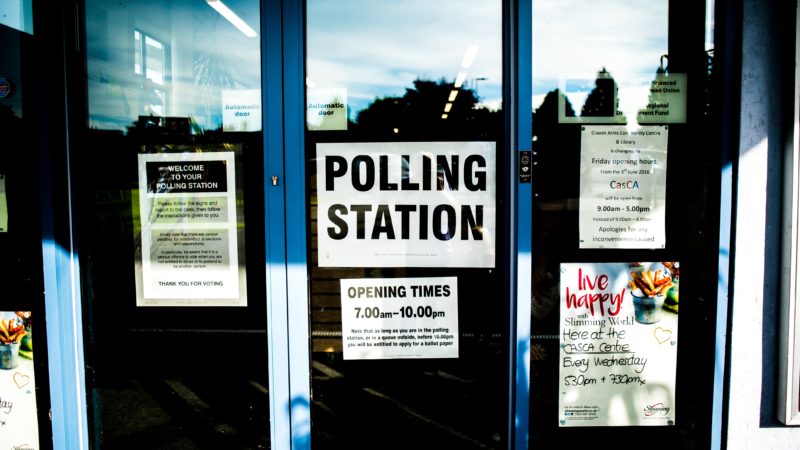
The 2023 local council elections are potentially the last major test of public opinion before the next general election, which is most likely to occur some time next year.
These votes are of course shaped by local issues, but national influences are never far away. The main parties have been engaging with nationwide campaign themes during the campaign, possibly as a trial run before the main event, and it’s impossible not to draw conclusions about the potential link between how the public is voting now at a local level and the verdict it will deliver at the national poll.
Is Labour really on course for Downing Street?
Labour has done well, as would be expected of an opposition party competing against a governing party that is facing significant problems after 13 years in power. But its performance does not necessarily indicate that it is doing well enough to win outright at the next general election.
On a positive note, Labour gained control of councils in Medway, Plymouth, Stoke-on-Trent and Swindon. These areas contain multiple marginal parliamentary seats that the party must gain in 2024 if it hopes to form a majority government in its own right. Signs of a shift towards Labour in these local elections is therefore heartening for Keir Starmer – although turnout at local elections is always lower than general elections and this should be factored in to any conclusions drawn from the results.
On the downside for Labour, it failed to take control of other target councils, namely Peterborough, Bolton, Worcester and Hartlepool. These also represent marginal parliamentary seats that it must win if it hopes to gain an outright majority in a general election. It has also failed to oust the Liberal Democrats from their control of urban councils such as Hull, while the Greens have been picking up seats and left-leaning votes from Labour in some of the party’s urban strongholds.
It don’t mean a thing if you don’t get that swing
Early results from the locals suggest the swing from the Conservatives would not be sufficient for an outright Labour general election win. The swing has been seen as one of the most important indicators of success in this election. This is the average change in voter support for political parties between elections.
The initial 2023 swing marks a lower level of Labour performance than recent opinion polls have suggested – a similar level of support to last year’s local elections. It would ultimately not amount to the knockout blow that some think is needed to show that Labour is on course for a general election win.
For context, Labour requires a 7 to 8% swing on its 2019 result just to become the biggest party in parliament at the next general election. It needs a swing of approximately 10% to win an outright majority that would allow it to govern alone. Such is the scale of its electoral task.
So, on the basis of these local results, Labour’s swing of an estimated 4 to 5% in these elections evidently suggests progress but not at the peak levels enjoyed by Tony Blair in the build-up to the party’s historic 1997 general election triumph. However, Starmer’s team would say they are recovering from a major electoral setback in 2019, when it took just 32% of the national vote. On that basis, a predicted 35% of the national vote, close to a double digit poll lead and potentially 1,000 council seat gains represent movement very much in the right direction.
Conservative fortunes
Ahead of these elections, Conservative Party chairman Greg Hands pessimistically (or strategically, depending on your view) declared that his party could lose 1,000 council seats of the more than 3,000 the party was defending. This would be on top of the terrible losses incurred under Theresa May the last time these particular seats were fought.
Even with such expectation management in play, this year’s results confirm what a difficult position Rishi Sunak’s party finds itself in. Gains made by the Liberal Democrats might not equate to Labour success but they do indicate the potential for Conservative failure. If support for the Lib Dems is back on the rise after its years in the post-coalition doldrums, that has the potential to eat into the governing party’s vote at the national level at a time when it needs all the support it can get.
Sunak’s challenge going forward will be whether he has both the time and the capacity to turn this electoral decline around before the general election.
This article first appeared in the Conversation.




More from LabourList
‘Britain must keep its foot on the EV accelerator’
Explained: How could Unison disaffiliate from Labour?
‘Andrea Egan’s Unison win will reshape Labour’s internal politics – we just don’t yet know how’